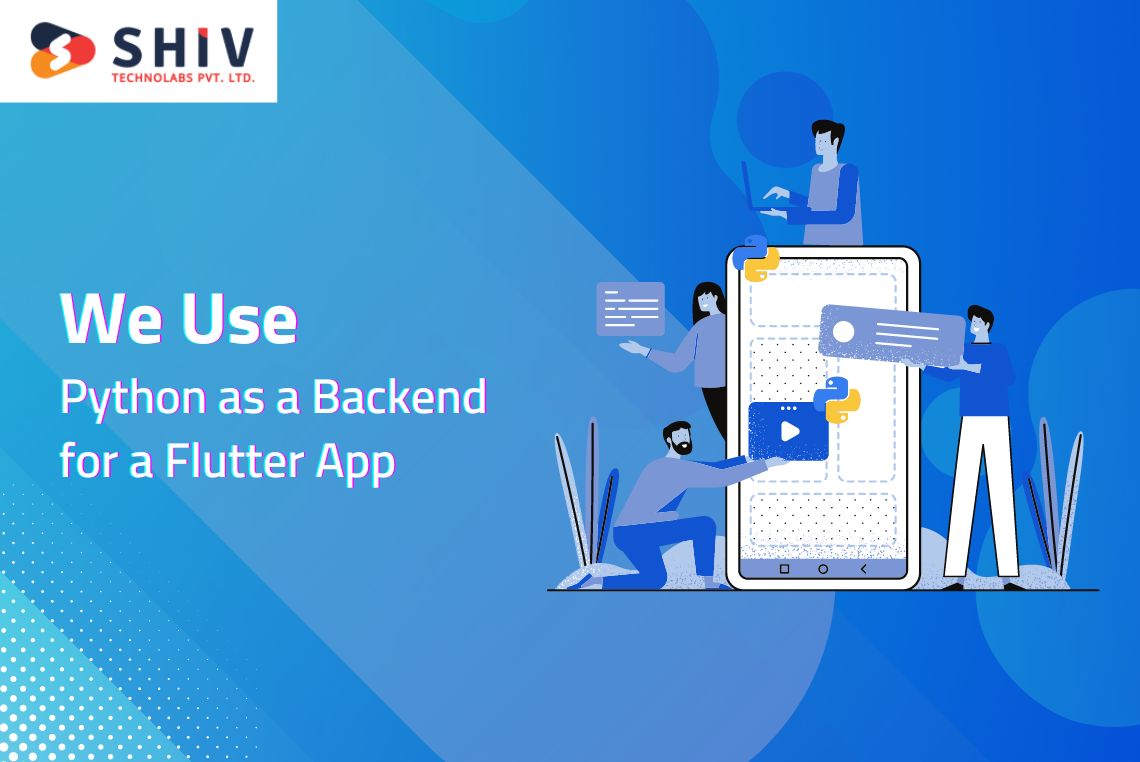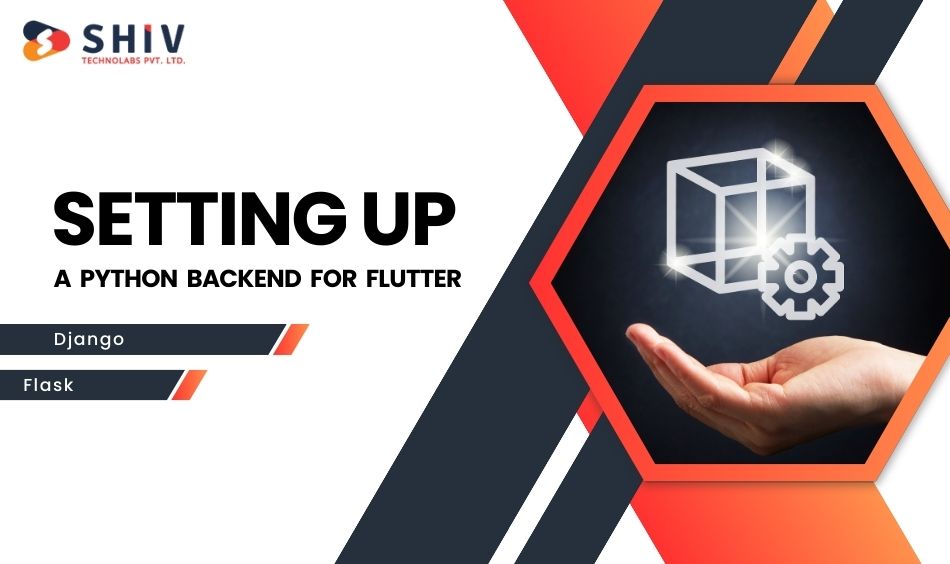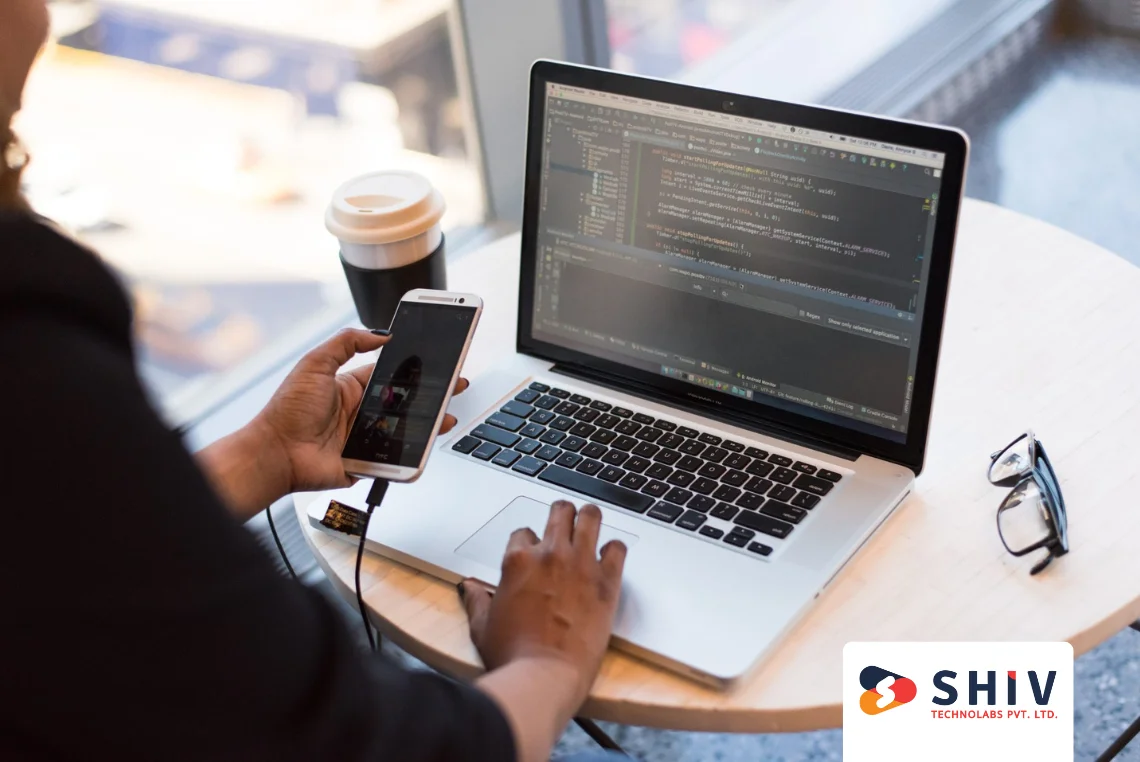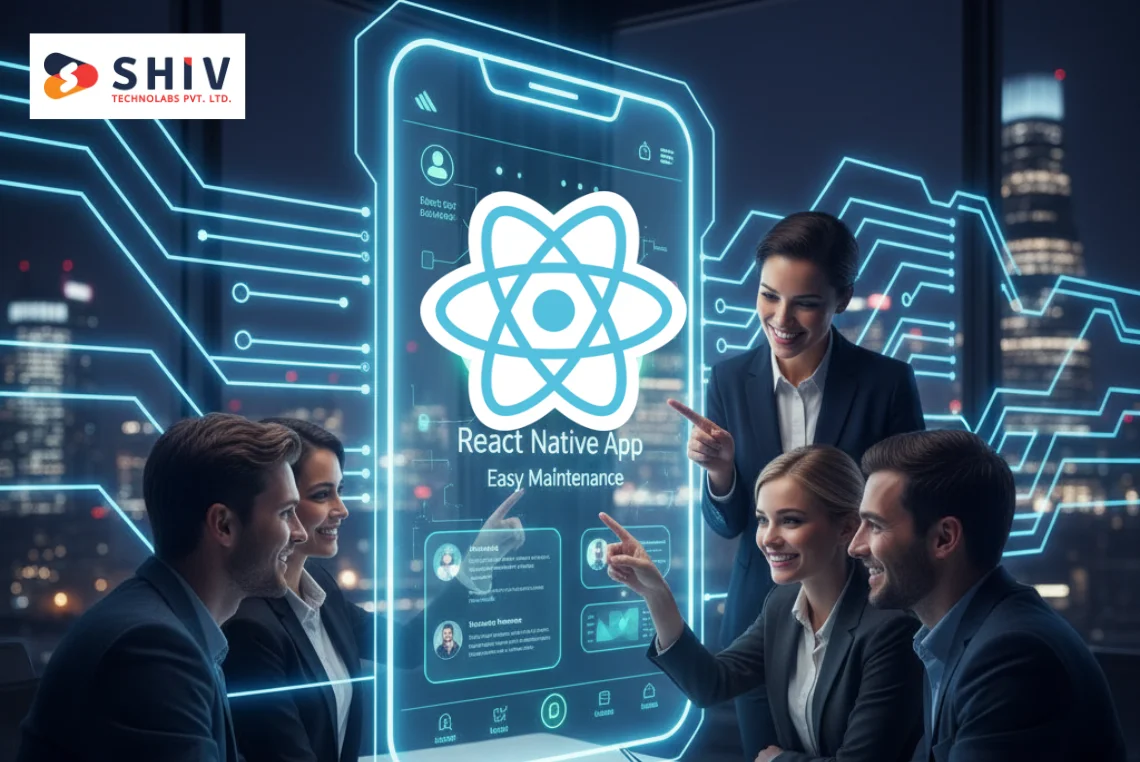Table of Contents
Yes, Python can be used as a backend for a Flutter app. Its simplicity, extensive libraries, and strong frameworks like Django and Flask make it suitable for creating robust, scalable, and efficient backend services for mobile applications.
Flutter, a framework developed by Google, is widely used for building cross-platform mobile applications. It allows developers to write a single codebase and deploy it to both Android and iOS platforms. While Flutter is excellent for frontend development, choosing the right backend technology is crucial for the overall performance and scalability of the app. Python, known for its simplicity and versatility, is often considered for backend development. This article discusses the feasibility, benefits, and considerations of using Python as a backend for a Flutter app.
Introduction to Flutter and Python
- Flutter: Flutter is an open-source UI software development toolkit created by Google. It is used to develop applications for Android, iOS, Linux, Mac, Windows, Google Fuchsia, and the web from a single codebase. Flutter uses the Dart programming language, also developed by Google, which is optimized for building fast, cross-platform applications.
- Python: Python is a high-level, interpreted programming language known for its readability and simplicity. It supports multiple programming paradigms, including procedural, object-oriented, and functional programming. Python is extensively used in web development, data analysis, artificial intelligence, scientific computing, and more.
Why Consider Python for Backend Development?

Python is ideal for backend development due to its simplicity, extensive library ecosystem, and strong frameworks like Django and Flask. It offers rapid development, scalability, and robust community support, making it suitable for building efficient and reliable backend services.
- Ease of Learning and Use: Python’s syntax is clear and concise, making it easy to learn and write. This can significantly reduce development time and increase productivity.
- Rich Ecosystem: Python has a vast ecosystem of libraries and frameworks, such as Django and Flask, which streamline backend development. These frameworks provide essential tools and functionalities, including authentication, database management, and API development.
- Scalability: While Python is not the fastest language, it is capable of handling scalable applications. With the right architecture and optimizations, Python can support large-scale applications.
- Community Support: Python boasts a large and active community. This means extensive documentation, numerous tutorials, and a wealth of third-party modules and libraries are available to aid development.
Also Read:- Logging with Python and Loguru: A Step-by-Step Guide
Setting Up a Python Backend for Flutter
# Choosing a Python Framework
For backend development with Python, choosing the right framework is crucial. The two most popular frameworks are Django and Flask.
- Django: Django is a high-level web framework that promotes rapid development and clean, pragmatic design. It comes with many built-in features, such as an ORM (Object-Relational Mapping) system, authentication, and an admin panel. Hire Python developer to leverage these features and streamline your backend development.
- Flask: Flask is a micro-framework that is lightweight and flexible. It provides the essentials and allows developers to add extensions as needed. Flask is ideal for smaller applications or for developers who prefer a modular approach.
# Building RESTful APIs
A common way to connect a Flutter frontend with a Python backend is through RESTful APIs. These APIs enable communication between the frontend and backend, allowing data to be exchanged in a structured manner.
Steps to Create a RESTful API with Flask:
Install Flask:
pip install flask
Create a Basic Flask App:
from flask import Flask, jsonify, request
app = Flask(__name__)
@app.route('/api', methods=['GET'])
def home():
return jsonify({"message": "Hello, World!"})
if __name__ == "__main__":
app.run(debug=True)
Run the Flask App:
python app.py
Define More Endpoints:
@app.route('/api/data', methods=['POST'])
def get_data():
data = request.get_json()
return jsonify(data)
These steps create a basic RESTful API that can handle GET and POST requests. The API can be extended to include more complex functionalities as required.
Also Read:- Python for Startups and SMEs in Turkey
Integrating the Backend with Flutter
To connect the Flutter app with the Python backend, HTTP requests are used. Flutter provides the “http” package, which makes it easy to send HTTP requests and handle responses.
# Steps to Make HTTP Requests in Flutter:
Add the http Package to pubspec.yaml:
dependencies:
flutter:
sdk: flutter
http: ^0.13.3
Import the http Package:
import 'package:http/http.dart' as http;
Send a GET Request:
Future<void> fetchData() async {
final response = await http.get(Uri.parse('http://127.0.0.1:5000/api'));
if (response.statusCode == 200) {
print('Response data: ${response.body}');
} else {
print('Failed to load data');
}
}
Send a POST Request:
Future<void> sendData() async {
final response = await http.post(
Uri.parse('http://127.0.0.1:5000/api/data'),
headers: <String, String>{
'Content-Type': 'application/json; charset=UTF-8',
},
body: jsonEncode(<String, String>{
'key': 'value',
}),
);
if (response.statusCode == 200) {
print('Response data: ${response.body}');
} else {
print('Failed to send data');
}
}
# Considerations and Best Practices
While Python can be an excellent choice for the backend of a Flutter app, there are several considerations and best practices to keep in mind:
- Performance: Python is not the fastest language, so it’s essential to optimize performance. This can be done by using asynchronous programming, efficient database queries, and caching mechanisms.
- Security: Ensure that the backend is secure by implementing authentication, authorization, and data validation. Use HTTPS to encrypt data transmission.
- Scalability: Design the backend architecture to support scalability. This includes using load balancers, separating concerns into microservices, and employing a scalable database solution.
- Testing: Implement thorough testing for the backend, including unit tests, integration tests, and end-to-end tests. This helps in identifying and fixing issues early in the development process.
- Documentation: Maintain clear and concise documentation for the backend API. This helps frontend developers understand how to interact with the backend and ensures consistency in API usage.
Conclusion
Using Python as a backend for a Flutter app is not only feasible but also advantageous in many scenarios. Python’s simplicity, rich ecosystem, and strong community support make it a solid choice for backend development. By following best practices and considering performance, security, and scalability, developers can build robust and efficient backends for their Flutter applications. Whether you choose Django or Flask, integrating Python with Flutter through RESTful APIs is a straightforward process that can lead to powerful and flexible applications. For those looking to outsource, consider partnering with a Flutter development company in Turkey to ensure seamless integration and expert support.




















